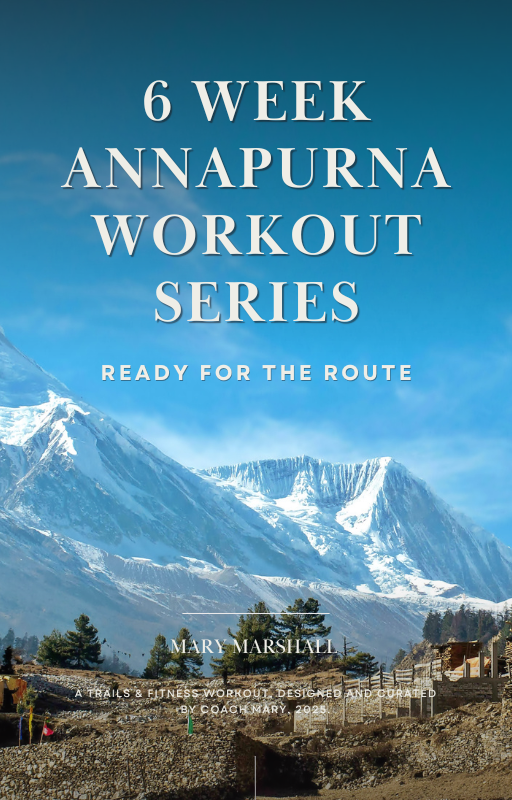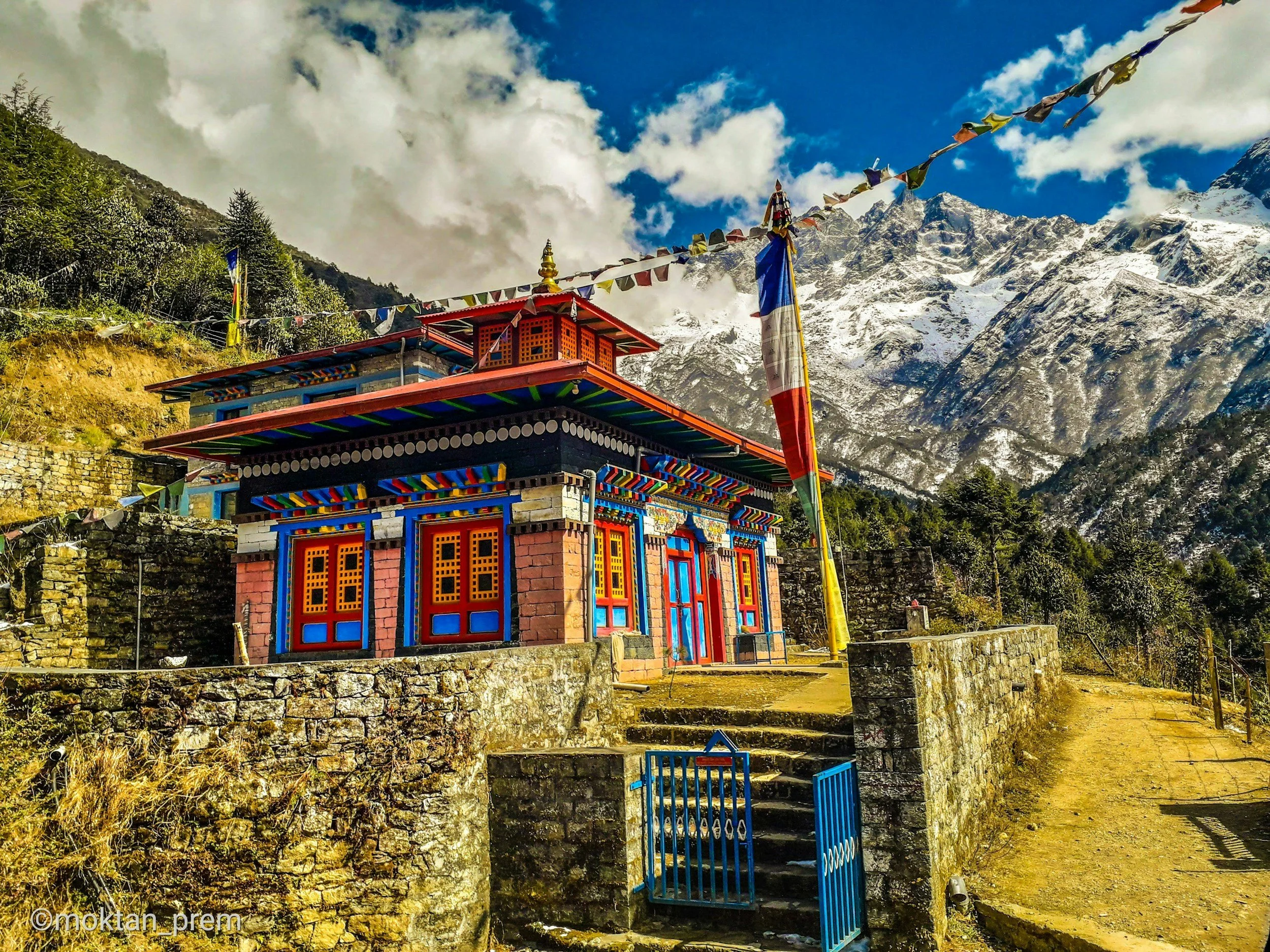How Should I Train for the Annapurna Circuit? (Or: How to Prep for a Multi-Day High-Altitude Mountain March Without Crying on Day Three)
Let’s get this out of the way early: the absolute best way to prepare for the Annapurna Circuit… is to go hiking. Lots of hiking. Long, sweaty, uphill slogs. But unless your day job happens to be "Professional Rambler," you’ll need a smart mix of hiking, strength, cardio, and a dash of masochism (kidding, kind of) to get ready for the adventure of a lifetime.
So… how fit do I actually need to be?
This isn’t a gentle country stroll to a pub garden. Most days on the Annapurna Circuit, you’ll be hiking for around five hours—sometimes more, sometimes less, always uphill (until suddenly, one day, it’s all very downhill). You’ll also be doing it while gradually climbing to 5,416m above sea level—where oxygen gets a little shy and everything feels a bit harder, including brushing your teeth and opening your snack bar.
So yes, you need a decent level of fitness. But more importantly, you need stamina, strong legs, and lungs that are used to a bit of huffing and puffing. Let’s break that down.
You don’t have to carry everything
Here’s some good news: you won’t be dragging all your worldly possessions up the mountain like a modern-day pack mule. You’ll have a lovely porter for that (tip them well). But you will be carrying your daypack, with essentials like water, snacks, layers, and your favourite lip balm. That adds a bit of weight to your shoulders, which you’ll want to be used to.
The terrain is as spicy as the dal bhat
The path isn't paved, polished, or polite. Expect rocky trails, loose scree, icy patches, snow fields (depending on the season), and lots of "am I walking or scrambling?" moments. Strong ankles and confident footwork go a long way. You want to feel like a nimble mountain goat, not a wobbly-legged baby deer.
The Ultimate Annapurna Prep Plan
1. Strength Training
Strong legs = happy trekker. A solid core = less chance of injury and better balance on uneven terrain. Thankfully, you don’t need a gym membership to get strong for the circuit. Body-weight exercises are your best friend.
Work these into your weekly routine, ideally 2–3 times a week:
Lunges (forward, backward, side – mix it up!)
Squats
Toe-ups (standing calf raises on a step)
Wall sits (lean against a wall, slide into a chair position, and hold until you question your life choices)
Step-ups (bonus if you hold a backpack while doing them)
Three rounds of 8–12 reps per move is a good rule of thumb. Rest between rounds, drink water, and remember: you’re doing this for the mountain views (and the bragging rights).
Download your FREE 6 Week Training plan below, and get started today!
2. Aerobic Workouts
Translation: anything that gets your heart pounding and sweat pouring. This is especially useful for mimicking the effort of climbing at altitude, where everything is a bit harder (including thinking).
DIY aerobic favourites:
Stair running
High knees
Box jumps
Jump squats
Jumping jacks
Burpees (sorry)
Or, pop into a spin/body attack class and go wild. If you’re not puffing and flushed by the end, you’re not trying hard enough.
3. Cardiovascular Training
Your heart and lungs are going to be doing the heavy lifting—literally—so give them some love. Running, swimming, cycling, rowing: all fantastic. Aim for an hour during the week, and longer sessions (2+ hours) on weekends as your trek date gets closer.
But let’s be real: the best cardio for the Annapurna Circuit is hiking. So let’s talk about that…
4. Training Hikes: Your Secret Weapon
If you only do one thing to prepare: hike. Hiking is your all-in-one workout for Annapurna. The goal is to simulate the trek as closely as possible:
Long days on your feet
Steep ascents and descents
Cold, wet, unpredictable weather
Uneven, rocky, and sometimes icy terrain
Carrying a backpack
(Optional) Cursing the incline
Start simple, then layer on the challenge. Do shorter hikes midweek, longer ones on weekends. Slowly increase duration, elevation, and load. Bonus points if you can find somewhere snowy or high-altitude to train—hello, Snowdonia or the Highlands!
Hiking Alternatives
Can’t get to the hills regularly? That’s OK. Become besties with the stair master. Or use an incline treadmill. Load a pack, put on your boots, and climb stairs like it’s your Everest. Not glamorous, but wildly effective.
Altitude Practice
If you can train at altitude—amazing. If not, don’t panic. Altitude affects everyone differently, and fitness doesn’t equal immunity. Just know that when you get up high, you might move a little slower, breathe a little heavier, and feel a little weird. That’s normal.
Acclimatisation days are built into your itinerary for this very reason. But if you have the chance to do a weekend hike at altitude before the big one, do it. It’s good for your body and even better for your brain.
Bonus Prep Tips
Wear your backpack – Practice carrying what you’ll carry on the trail (about 5–7kg is standard). Get used to the straps, the fit, and where your snacks live.
Break in your boots – Please. For the love of your feet. Wear the exact boots you’ll be trekking in, with the socks you’ll wear, on multiple long hikes. Don’t show up in shiny new shoes thinking they’ll “break in on the trail.” They’ll break you.
Try trekking poles – Not just for the grey-haired crowd. Poles help with stability, reduce strain on knees, and are great for steep climbs and descents. But again: try before you fly. They’re either your new BFF or something you chuck off a cliff in frustration.
Take it seriously, but not too seriously
Yes, altitude is unpredictable. But your fitness? That’s entirely in your hands. Don’t be the person who arrives in Nepal and taps out on Day Two because they didn’t train. Give yourself the best shot at not just finishing the trek—but enjoying it.
Start training at least three months in advance. Earlier? Even better. Your body—and your trekking buddies—will thank you.
Keep the Stoke High
Training for a big trek can be lonely and, frankly, boring at times. That’s why we recommend training together. If you’re coming on our group trek, join our WhatsApp crew! We share tips, swap training selfies, and motivate each other when it’s dark and rainy and you’d rather be watching Netflix. No teammates nearby? Stay accountable. Check in with each other. Log your hikes. Share your pain (and gains).
And when motivation dips, visualize it:
You, standing at Thorang La Pass. Snow glinting in the sun. Prayer flags snapping in the wind. A mug of hot tea in your hands. Grinning like a maniac because you made it.
That’s why you’re training. That’s your finish line.
See you on the trail. And remember: dal bhat power, 24 hour.
(But maybe bring a few protein bars just in case.)
Download your free workout guide below



